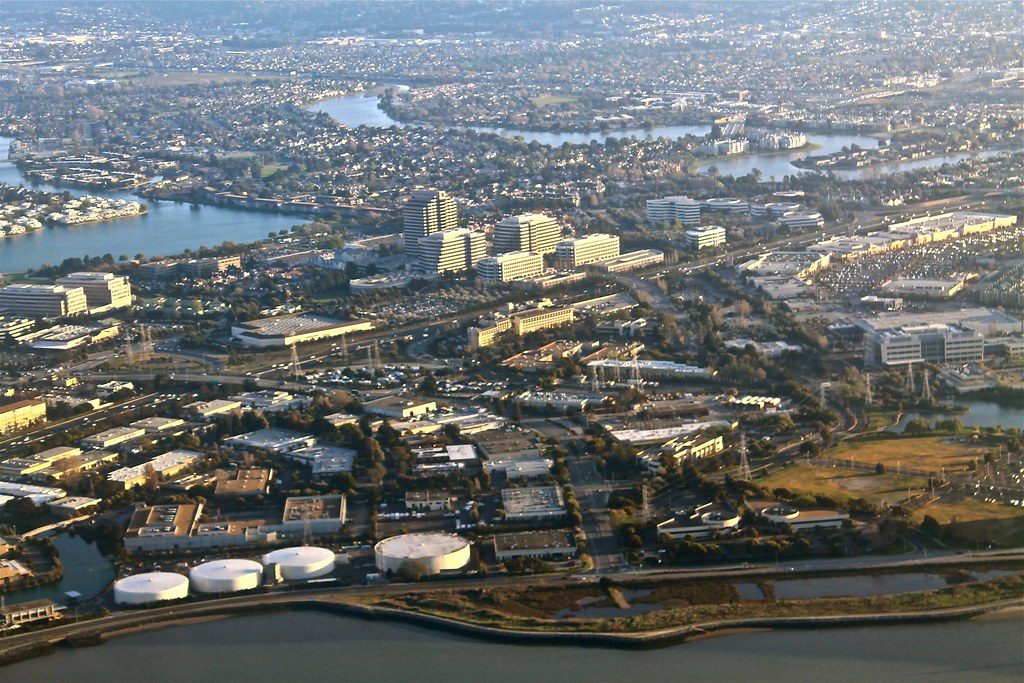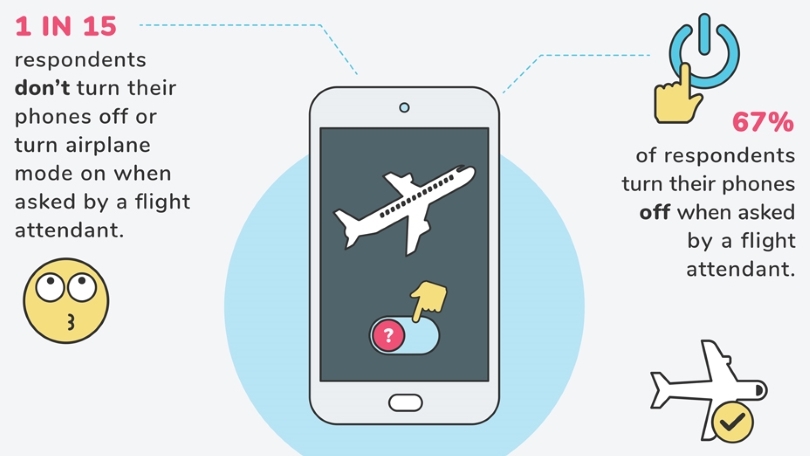In the rapidly evolving realm of autonomous vehicles, Waymo stands out as a titan, having transitioned from its beginnings as a Google initiative to a leading force in self-driving technology. Known initially as the Google Self-Driving Car Project, Waymo is on a mission to redefine our understanding of transportation, operating from the innovation hub of Mountain View, California, as a proud subsidiary of Alphabet Inc.

The company traces its illustrious beginnings back to the Stanford Racing Team, which made headlines by competing in the 2005 and 2007 DARPA Grand Challenges. The journey began when Google recognized the potential of autonomous driving technology, sparking significant investments and research initiatives. Under the expert guidance of Sebastian Thrun, a pioneer in artificial intelligence, and his co-founder Anthony Levandowski, Waymo’s technology began to take shape. The initial development phase kicked off in January 2009, where a small team embarked on a journey to create self-driving vehicles that could navigate the complexities of real-world traffic.

After years of tireless work, Waymo conducted extensive road testing with a fleet of seven vehicles, showcasing its capability to navigate various driving environments. In October 2010, the New York Times revealed the existence of Google’s secretive project, thrusting Waymo into the spotlight and propelling it into the mainstream media. The breakthrough moment for Waymo arrived in the fall of 2015 when it achieved a milestone by providing ‘the world’s first fully driverless ride on public roads. ‘ This endeavor not only demonstrated the feasibility of self-driving technology but also marked a turning point in public perception of autonomous vehicles.

Fast forward to December 2016, the project was officially rebranded as Waymo, symbolizing a ‘new way forward in mobility. ‘ Fast forward to today, Waymo operates commercial robotaxi services in major cities like Phoenix, Arizona, Los Angeles, and San Francisco, with ambitious plans to expand its footprint further into Austin, Texas. The company has continually pushed the boundaries of technology, establishing partnerships with several vehicle manufacturers, including Stellantis, Mercedes-Benz, Jaguar Land Rover, and Volvo. The landscape of urban transportation is evolving, and Waymo is at the forefront of this revolution. With co-CEOs Tekedra Mawakana and Dmitri Dolgov steering the company, Waymo has raised a staggering $5. 5 billion through various funding rounds.

With strong financial backing, Waymo consistently pushes the boundaries of innovation and enhances its technology, solidifying its position at the forefront of the autonomous vehicle industry. The company’s fleet, highlighted by the Chrysler Pacifica Hybrid, has seen extensive testing in the San Francisco Bay Area, showcasing its capabilities. This impressive vehicle is outfitted with an array of sensors and sophisticated algorithms that allow it to accurately gauge its environment. Waymo has made substantial investments in its self-driving hardware, including state-of-the-art lidar and radar systems that provide comprehensive 360-degree visibility and can detect objects up to 300 meters away. The commitment to safety is paramount, as evidenced by the regular publication of safety reports that keep the public informed. However, the path to success has not been without obstacles.

Regulating the autonomous vehicle industry has been a hot topic of discussion among lawmakers, leading to the implementation of laws that govern self-driving technology. Despite this, Waymo has successfully navigated the regulatory landscape, earning permits to operate its vehicles without safety drivers in select areas. With the recent developments in California, Waymo is poised to expand its services further, applying for permits that would allow fully autonomous taxis to operate in urban environments. The future of transportation is here, and Waymo is leading the charge.

With its innovative technology, robust partnerships, and commitment to safety, the company is set to reshape how we experience travel. As Waymo continues to evolve, one thing is clear: the road ahead is filled with potential, and the destination is the future of mobility. Buckle up; it’s going to be an exciting ride!

As we explore the exciting journey of Waymo, our attention turns to the future—especially to its ambitious expansion plans and groundbreaking robotaxi services poised to revolutionize urban transportation throughout the United States. With a strong technological foundation and a pioneering ethos, Waymo is more than just a player in the autonomous vehicle arena; it is emerging as a central figure in shaping the transportation landscape of tomorrow. The company has already made remarkable progress by launching its commercial robotaxi services in major cities, including Phoenix, Arizona, San Francisco, and Los Angeles. These services are not merely a preview of what lies ahead; they are a tangible reality today, demonstrating Waymo’s dedication to providing safe, reliable, and efficient transportation solutions.

The introduction of Waymo’s robotaxi services heralds a new era in how we engage with urban transport. Imagine summoning a vehicle with a simple tap on your smartphone—no drivers, no waiting; just an autonomous vehicle arriving at your location, ready to whisk you off to your destination. This is the essence of Waymo’s vision. Their autonomous fleet is designed to operate seamlessly within the urban landscape, utilizing advanced sensors and state-of-the-art artificial intelligence to navigate complex traffic scenarios. The company has emphasized that its technology is built with safety at its core, and its vehicles are rigorously tested to ensure they can respond adeptly in real-world environments.

Waymo’s ambition doesn’t stop with current operations. The organization has exciting expansion plans, aiming to extend its reach into new territories, including Austin, Texas. This expansion is not just about geographical growth; it represents Waymo’s strategy to integrate their technology into the fabric of various cities, adapting to local regulations and traffic conditions. As they establish new robotaxi services, Waymo aims to collaborate with local governments, stakeholders, and communities to create transportation solutions that cater to their unique needs.
Waymo’s strategic approach emphasizes collaboration with various vehicle manufacturers, forging partnerships with industry giants like Chrysler, Mercedes-Benz, and Volvo. These alliances are essential for creating a diverse fleet of autonomous vehicles tailored to meet the needs of different market segments. By combining resources and expertise with established automotive leaders, Waymo is not only strengthening its technological prowess but also ensuring that its services remain scalable and adaptable to evolving demands.
Moreover, the company is continuously innovating its technology. For example, it has developed systems that allow its vehicles to perceive their surroundings with stunning accuracy using lidar and radar technologies. These advancements enable Waymo cars to detect objects up to 300 meters away and navigate with a 360-degree awareness of their environment. This technological prowess helps to mitigate risks associated with driving, leading to safer roads for all.

While the road ahead for Waymo seems promising, there are challenges that the company must navigate. Public acceptance of autonomous vehicles is a crucial factor that can influence the success of Waymo’s services. Despite the innovative technology, some communities remain skeptical about trusting driverless cars. Waymo is addressing this by prioritizing transparency in its operations and communicating openly about the safety measures in place. Regular safety reports and community engagement initiatives are strategies the company is employing to build trust with the public.

On the flip side, navigating regulatory challenges poses a significant obstacle to Waymo’s service expansion. Each city has its unique regulatory landscape governing autonomous vehicles, and Waymo must engage closely with local authorities to ensure compliance. This cooperation is crucial not only for the legal operation of its robotaxi services but also for influencing future policies governing autonomous transportation, paving the way for broader acceptance.
In addition to urban transportation, Waymo’s technology is poised to impact logistics and freight delivery services through its Waymo Via initiative. The company is testing Class 8 autonomous trucks, which could revolutionize the shipping industry by optimizing delivery routes and reducing the need for human drivers in long-haul trucking. This move could lead to safer and more efficient freight transportation, addressing the growing demand for logistics solutions in an increasingly digital economy.

As Waymo forges ahead with innovation and growth, it’s crucial to consider the wider implications of autonomous vehicle technology. The emergence of driverless cars is challenging traditional concepts of vehicle ownership and public transit systems. In crowded urban areas plagued by traffic and pollution, the introduction of robotaxi services could lead to a reduction in the number of vehicles on the road, resulting in decreased congestion and lower emissions. Furthermore, the flexibility of on-demand transportation could greatly improve mobility for underserved communities, providing vital access where public transport options are limited.

The collaboration between Waymo and other companies, such as ride-hailing platforms, may also present new opportunities for improving urban mobility solutions. Imagine a future where your Waymo robotaxi is seamlessly integrated with your favorite ride-sharing app, making it easier than ever to get around the city. This potential synergy represents an exciting horizon for the future of transport and mobility.
The future looks bright for Waymo and its robotaxi services, brimming with potential and opportunities. As technology advances, the vision of autonomous transportation is rapidly transforming from a distant dream into a near-future reality. With strategic partnerships, groundbreaking innovations, and a forward-thinking approach, Waymo is poised to lead the charge into a new era of mobility. As we embark on this exciting journey into the future, let’s embrace the transformative potential of autonomous vehicles to reshape urban environments, enhance quality of life, and offer a safer, more efficient travel experience. The adventure has just begun, and it promises to be an exhilarating ride!
Related posts:
Wikipedia
We took self-driving Waymo cars for a test ride. This is what happened





